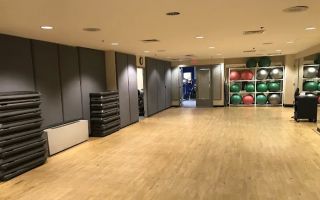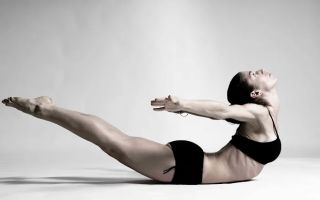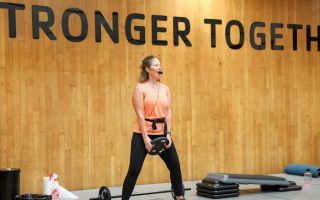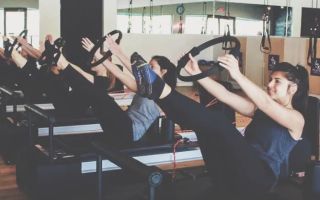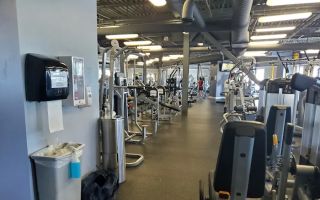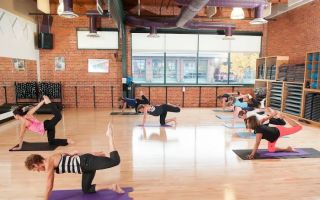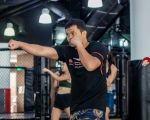How Muay Thai Improves Joint Mobility: Enhancing Flexibility and Strength
- Muay Thai's Benefits for Joint Health
- Muay Thai and Joint Mobility Training
- Muay Thai and Injury Prevention
- Muay Thai for Flexibility and Range of Motion
- Muay Thai Success Stories in Joint Mobility
Muay Thai's Benefits for Joint Health
Muay Thai, known as the "Art of Eight Limbs," is a dynamic and powerful martial art that utilizes punches, elbows, knees, and kicks. But beyond its combat-focused training, Muay Thai offers significant benefits for your joint health. With regular practice, Muay Thai helps improve joint mobility, flexibility, and strength, making it an excellent choice for anyone looking to maintain or improve their physical well-being.
Muay Thai and Joint Mobility Training
In Muay Thai, movements like clinch work, kicking, and knee strikes require a high level of flexibility and joint mobility. By training in these techniques, you naturally develop the ability to move with greater fluidity and less discomfort in your joints. Muay Thai also emphasizes full-body movement, which promotes healthier and more efficient range of motion in all the major joints, including the hips, shoulders, and knees.

Better Body Bootcamp Astoria
31-18 Steinway St, Astoria, NY 11103, USA
1. Kicking Techniques and Hip Flexibility
One of the core aspects of Muay Thai is its powerful kicking techniques, such as the roundhouse and teep kick. To execute these kicks effectively, fighters must possess good hip mobility. These movements help stretch and strengthen the hip joint, promoting flexibility and preventing stiffness. Over time, regular kicking practice will improve your hip flexibility, reducing the risk of injury in daily life.

Yoga Joint Davie
8192 W State Rd 84, Davie, FL 33324, USA
2. Clinch Work and Shoulder Mobility
The clinch is a crucial component of Muay Thai, requiring a high level of shoulder mobility to control your opponent's head and manipulate their position. Regular training in the clinch improves the range of motion in the shoulders and upper body, reducing tightness and stiffness in these areas. Through this, practitioners can enjoy better overall shoulder health.
Muay Thai and Injury Prevention
Muay Thai isn’t just about striking or defending—it also offers tremendous benefits when it comes to preventing injuries. By improving joint mobility, Muay Thai helps protect against common injuries such as sprains, strains, and joint stiffness. The full-body movements and the functional strength required for Muay Thai build a resilient body, capable of handling high-impact activities without causing undue stress on the joints.
1. Stronger Ligaments and Tendons
The explosive movements in Muay Thai, especially kicks and knees, increase the strength of the ligaments and tendons that support the joints. Strengthening these structures makes them more resistant to injury, improving overall joint stability. The better the ligaments and tendons are conditioned, the less likely you are to experience joint issues during high-intensity physical activities.
2. Better Posture and Joint Alignment
Through its emphasis on proper posture and form, Muay Thai also helps improve overall body alignment. Better alignment reduces the likelihood of joint discomfort and overuse injuries. This focus on good posture can lead to healthier, pain-free joints in the long term.
Muay Thai for Flexibility and Range of Motion
Flexibility plays a vital role in Muay Thai, especially in terms of executing strikes and evasive movements. While Muay Thai requires strength and conditioning, it also places a strong emphasis on flexibility. As practitioners continuously work on their kicks, strikes, and clinch techniques, they simultaneously improve their range of motion, making them more agile and less prone to injury.
1. Stretching Routines for Enhanced Flexibility
Muay Thai incorporates various dynamic and static stretching exercises to improve flexibility, particularly in the hamstrings, hips, and shoulders. Regular stretching helps to lengthen the muscles and improve joint mobility, which not only enhances performance but also helps reduce the risk of joint pain and stiffness.
2. The Role of Core Strength in Flexibility
Having a strong core is essential in Muay Thai, as it supports all other movements. Core exercises enhance your ability to stabilize your torso while executing dynamic moves. This helps improve your overall flexibility by allowing your body to move more freely and with greater control.
Muay Thai Success Stories in Joint Mobility
Many Muay Thai practitioners have found that their joint mobility significantly improves with consistent training. Take, for example, Sarah, a 32-year-old who struggled with chronic knee pain due to long hours of sitting at her desk job. After incorporating Muay Thai into her weekly workout routine, Sarah noticed significant improvements in her joint flexibility and a reduction in knee pain. The combination of kicking, clinch work, and stretching exercises provided her with the mobility she lacked before.
Another example is David, who had tight shoulders from years of working at a computer. Through regular Muay Thai training, David’s shoulder mobility improved dramatically, and he was able to alleviate the discomfort he had been dealing with for years. Both Sarah and David are prime examples of how Muay Thai not only builds strength but also enhances joint health and mobility.
Conclusion: Unlock the Benefits of Muay Thai for Joint Mobility
Incorporating Muay Thai into your fitness routine offers many benefits for joint mobility and overall flexibility. From improved range of motion in the hips and shoulders to strengthened ligaments and tendons, Muay Thai provides a holistic approach to joint health. Whether you are looking to improve your flexibility, prevent injuries, or simply enjoy a more mobile body, Muay Thai can help you achieve your goals.
To learn more about how Muay Thai can benefit your joint health and to get started on your martial arts journey, visit Humble Challenger for expert-led training programs that will guide you every step of the way.


